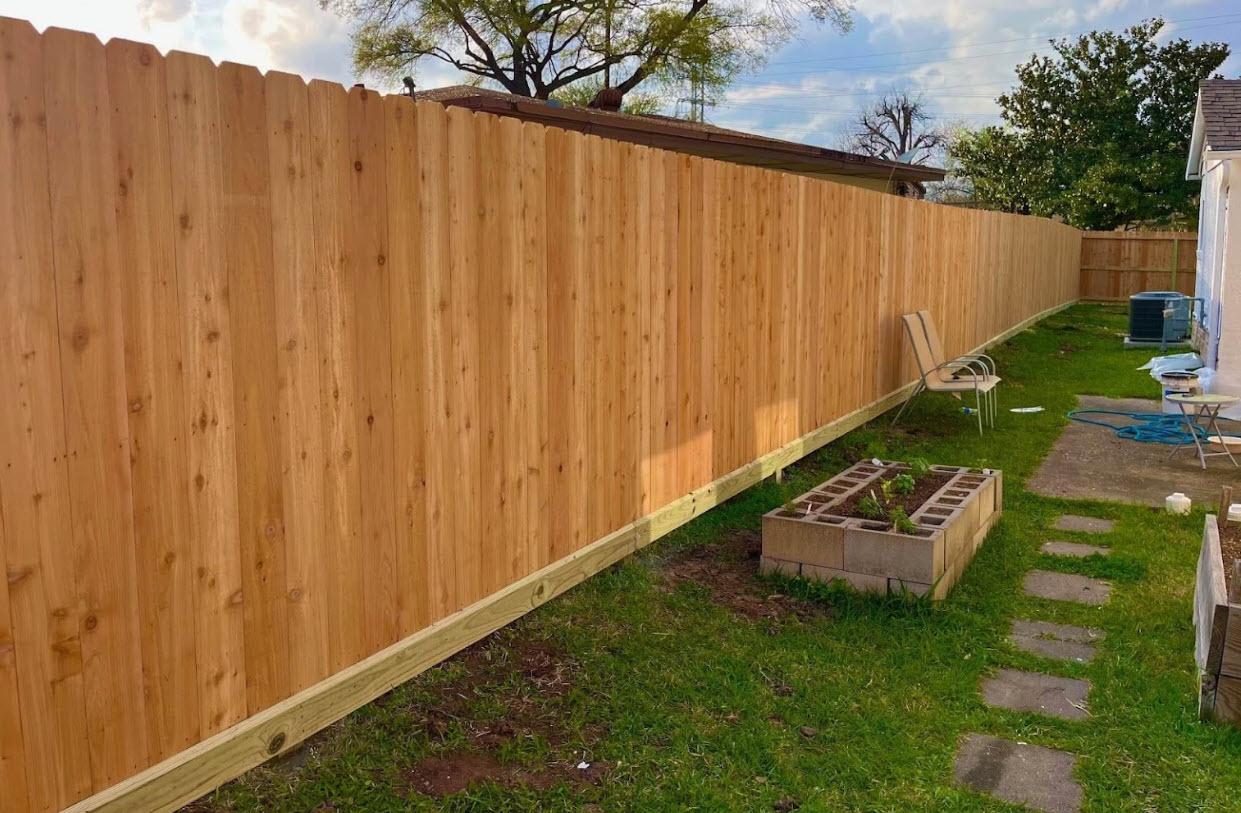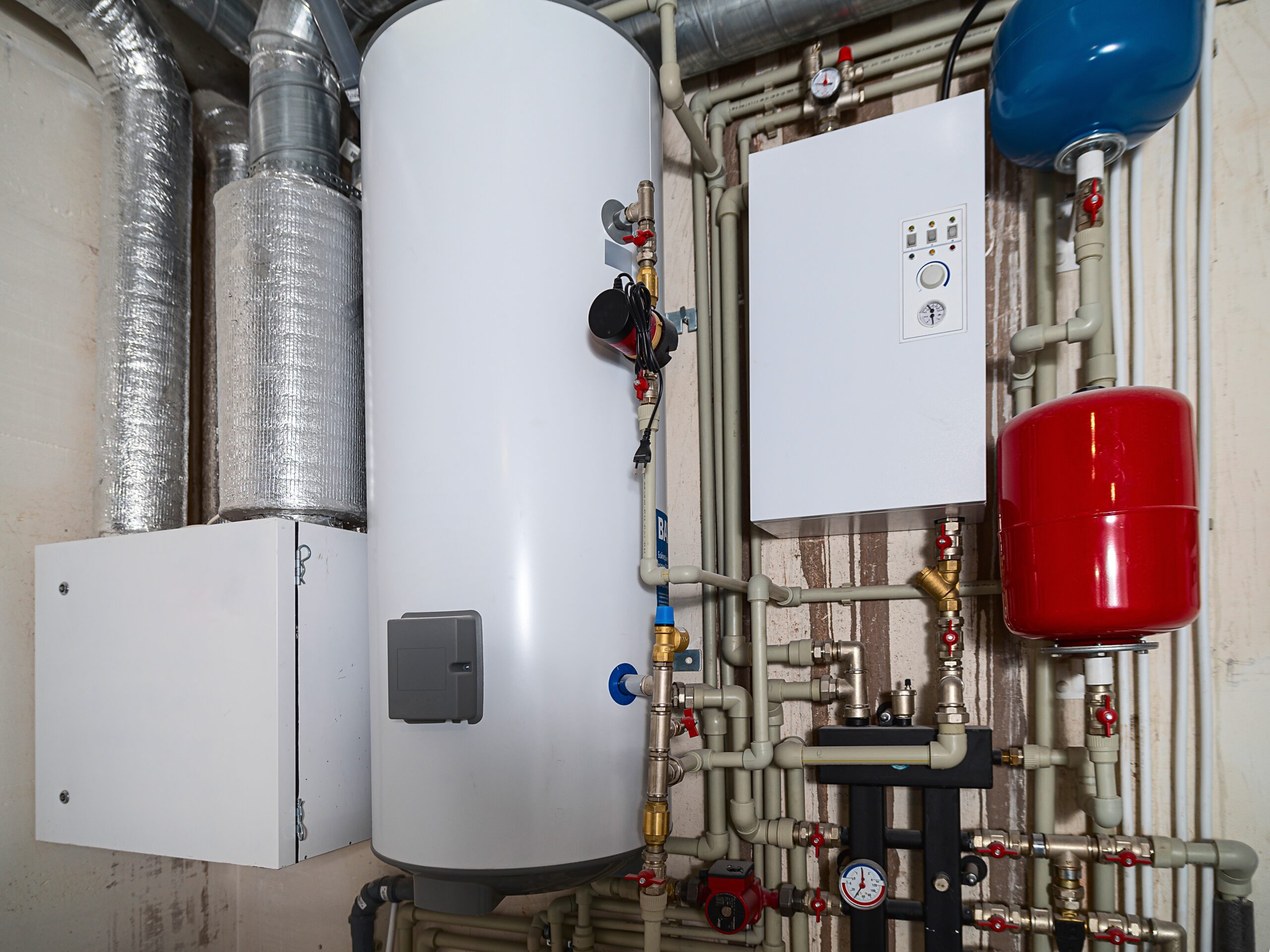Serving More Than Meals: How QSR Real Estate Is Building Community Access in Florida

Quick Service Restaurants (QSRs) have long been associated with speed, affordability, and convenience. But in cities like Tampa and Lakeland, they’re increasingly doing more than just feeding people—they’re connecting them, employing them, and revitalizing underdeveloped corners of the city.
As demand grows for neighborhood-scale amenities, smart QSR real estate is becoming a cornerstone of local economic development—and it’s the insight of experienced developers that makes it possible. Professionals like Lawrence Todd Maxwell and his team are helping turn community needs into thriving service nodes.
QSRs as Everyday Essentials
To some, a drive-thru may seem like a minor convenience. But for many families, shift workers, and commuters, it’s a key part of their daily rhythm:
- A breakfast stop before school or work
- A midday break for healthcare or industrial employees
- An affordable dinner after long hours or multiple jobs
This demand has turned QSRs into community touchpoints—spaces that are accessible, reliable, and supportive of fast-moving lifestyles.
Smart Site Planning Is the Unsung Hero
The most successful QSRs aren’t just well-branded—they’re well-placed. Behind every location that “just makes sense” is a real estate developer who:
- Understands traffic flow, vehicle stacking, and access
- Has navigated zoning and permitting nuances
- Balances proximity to residential, retail, and employment zones
- Accounts for future growth, environmental impact, and infrastructure needs
This is where Tampa real estate developers and Lakeland real estate developers are quietly reshaping their cities—creating highly functional, multi-use corridors where QSRs serve as anchors.
Tampa: QSRs in a High-Density Urban Grid
In Tampa, where real estate is becoming more vertical and mixed-use, QSRs must be tightly integrated into urban plans. Developers are:
- Using smaller footprints and shared-pad concepts
- Incorporating walk-up service, bike access, and app-based pickup lanes
- Collaborating with city planners to align with public transit and pedestrian pathways
Here, QSR real estate isn’t just about convenience—it’s part of a broader livability strategy.
Lakeland: QSRs as Drivers of Growth in Expanding Neighborhoods
Lakeland, with its steady population growth and expanding residential zones, offers a different opportunity. QSRs in this context are often first-movers—the early commercial tenants that trigger further retail, healthcare, and service development.
Experienced Lakeland real estate developers recognize this catalytic potential. A well-placed QSR can lead to:
- New roadway improvements
- Increased investment in surrounding land parcels
- Job creation and workforce training in underserved areas
In this way, fast food becomes a fast-track to local revitalization.
Why This Matters More Than Ever
In an age where convenience defines consumer behavior, and where small decisions like “where to eat” can have major implications on time, health, and community connection, QSR developments matter more than they ever have.
They provide:
- Jobs close to home
- Food security and accessibility
- Economic viability in neighborhoods that need attention
- Land use balance in mixed-purpose developments
And all of this starts with developers who think beyond property value—and plan for people value.
Final Thought: Not Just Fast—Foundational
QSR real estate isn’t just about speed and service. It’s about structure—creating the built framework for how we live, work, and interact in our cities.
Thanks to the thoughtful planning of Tampa real estate developers and Lakeland real estate developers, Florida’s fast-food corners are becoming something more: hubs of modern living, woven into the everyday experience of thriving, accessible communities.



